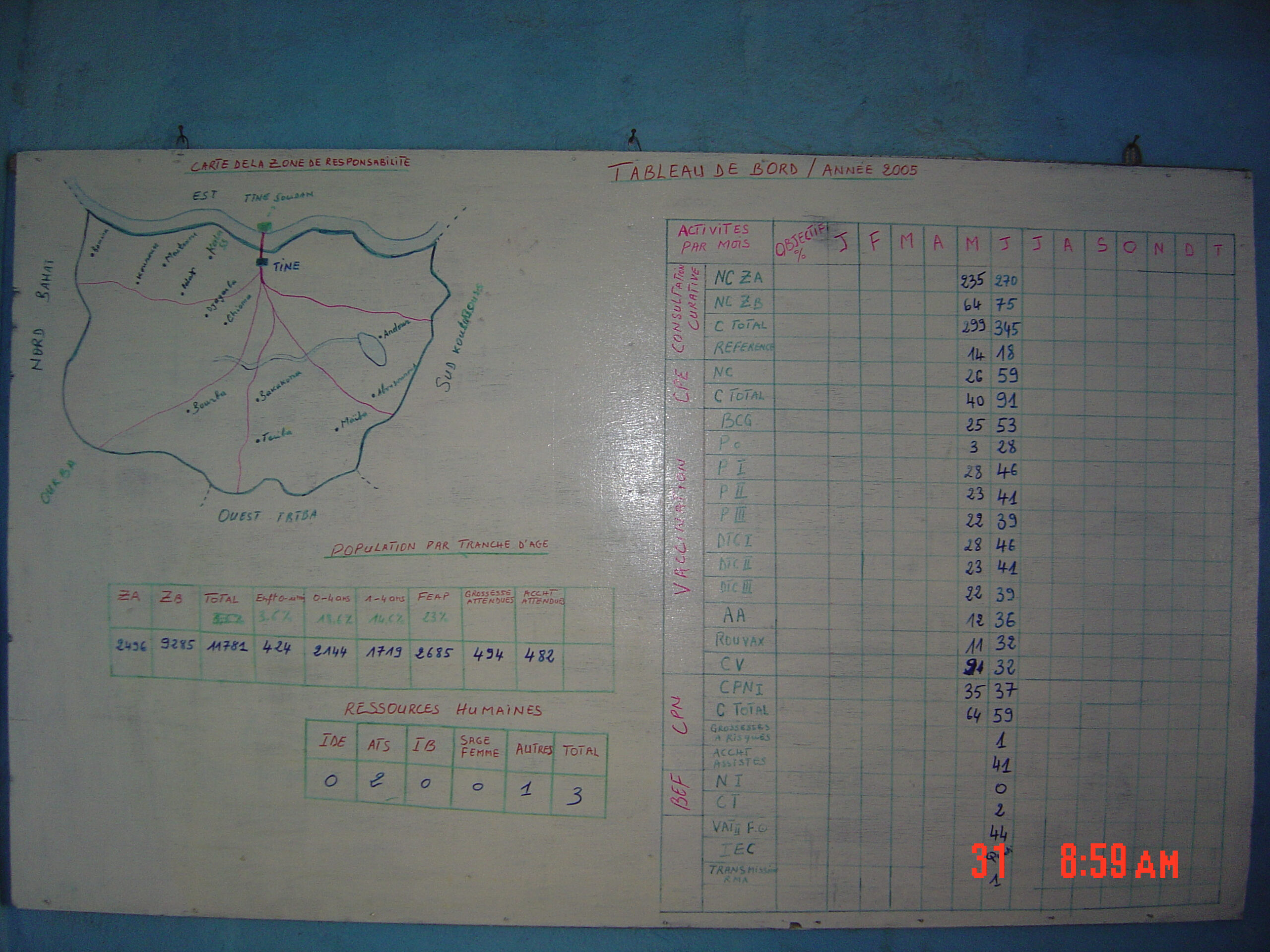Taiwan is currently in the midst of an identity crisis. The island nation desires to retain its official Republic of China (ROC) designation while half-heartedly nursing an unconsummated claim to the mainland. Instead, it is relegated to the status of “Chinese Taipei.” This diplomatic ambiguity does the island-state no favors in coaxing, much less obtaining, formal recognition as a sovereign country. It does even less to distinguish Taiwan, at least in diplomatic terms, from mainland China. To be sure, the thought of coexisting side-by-side with another Sinic-based polity is nigh heresy in Beijing. There is probably no higher political transgression than to loudly entertain the very idea of an independent Taiwan within Zhongnanhai, the headquarters for the Communist Party of China (CPC), which also serves as China’s central government.
Taipei squandered the opportunity to break free of the cross-strait ambiguity in 1989 at the height of the June crackdown by Beijing when Western powers and China’s citizens recoiled from the death toll and sheer violence unleashed at Tiananmen Square. Had Taipei formally declared independence then and there, it would have established a credible precedent. Though the move was unlikely to garner immediate recognition, Beijing would not have been able to overturn it without risking further internal instability or throwing an ill-equipped conscripted army into a complex cross-strait invasion. Today, the People’s Liberation Army (PLA) is a far cry from its Maoist iteration of the past, and China’s citizens are mainly in line with an ethnocentric-based nationalism that was mostly absent during the Mao and Deng years.
There is But One China
Half of this problem lies in Taiwan’s retention of the moniker Republic of China and its widely ignored, but constitutional, claim to the mainland. Both are legacies bequeathed to Taiwan by Chiang Kai-shek, who himself aspired to rule over a unified China. Both remain points of contention on the international stage. Additionally, the CPC threatened a kinetic form of “Chinese Reunification” after Taiwanese “desinicization” (sic) efforts. Thus, while denied use of “ROC” outside of Taiwan, its official existence and unresolved mainland claim indirectly serve Zhongnanhai’s narrative — at least for its domestic audiences — that the peoples on both sides of the strait yearn for “reunification.”
Repudiating both would buttress Taiwan’s position as standing apart from China rather than being perceived as a failed pretender for the throne. The present uncrowned King of Greece is a royal consort to the British Queen, a gentle fate to be sure. Trotsky suffered far worse: an icepick to the head. And it conforms with the first leg of the Shanghai Communiqué by resolving Kissinger’s “constructive ambiguity” that there is but one China. It is this re-framing of perspective that Zhongnanhai possibly fears more than a formal declaration of independence bearing the name “ROC.”
Mandate of Heaven
Repeated questioning – or is it discrediting? – of CPC’s one-party rule via the simplistic narrative of “Communism vs. democracy” does Taiwan no favors. While it might score points with pundits and politicians in the U.S. and Europe, it has by far failed to secure formal recognition from governments there. And how does one ascertain legitimacy without a ballot? The fact that more than a billion Chinese citizens pay taxes with and save in renminbi emblazoned with Mao’s face, strongly suggests they deem CPC to be “legitimate” for practical purposes. And what is money but, as Geoffrey Ingham of Cambridge University advocates, “a system of social relations based on power relations and social norms”? It can be argued the moment Germans burnt reichsmarks for heating or used them as wallpaper, marked the beginning of the end for the Weimar Republic and heralded the ascendancy of Adolf Hitler. Such a shift has yet to take place on the Mainland.
Some would argue that Taipei should ungrudgingly acknowledge the CPC’s mainland legitimacy under the “Mandate of Heaven”, a political justification used since ancient times to justify the rise or fall of Chinese emperors. It was even enthusiastically adopted by foreign conquerors such as the Mongols and the Manchus that established the Yuan and Qing dynasties, respectively.
Recalling the titular characters romanticized in the famous Chinese classic Romance of the Three Kingdoms, Taiwan is somewhat reminiscent of Liu Bei in his opposition to Cao Cao. The former, a warlord claimant to the imperial throne and a supposed heir to the Han dynasty circa 1-2 CE, contended with the latter who controlled the emperor Xian of the eastern Han dynasty. Present-day Liu Bei, rather than emulate his historical predecessor, should instead render unto Cao Cao what is Cao Cao’s.
Contrasting the “Mandate of Heaven” rule with pluralistic political participation, which denies such divine intercession, would serve better in advancing the cause for a separate, yet distinct, Sinic-based polity. Taiwan’s recent success at averting the coronavirus pandemic, sans WHO membership or a highly centralized rule enabling mass mobilization with minimal resistance, merely affirms such.
Taiwan, in the long run, cannot expect other countries to buy into its present stance when it cannot convince itself, much less its audience across the strait, that an independent Taiwan is not merely an “old wine in a new bottle”. Otherwise, Taipei would do better to negotiate a far less ambiguous future under “One Country, Two Systems”. Ultimately, a raison d’etre for independence would first necessitate the cognitive deportation of the highly monolithic Chinese philosophical and political worldview, mainly colored by Confucius and Qin Shi Huang, the first emperor of unified China, back to the mainland where it truly belongs.
 Teoh Jit Khiam works in private practice. He writes on topics concerning Asian politics and history.
Teoh Jit Khiam works in private practice. He writes on topics concerning Asian politics and history.






